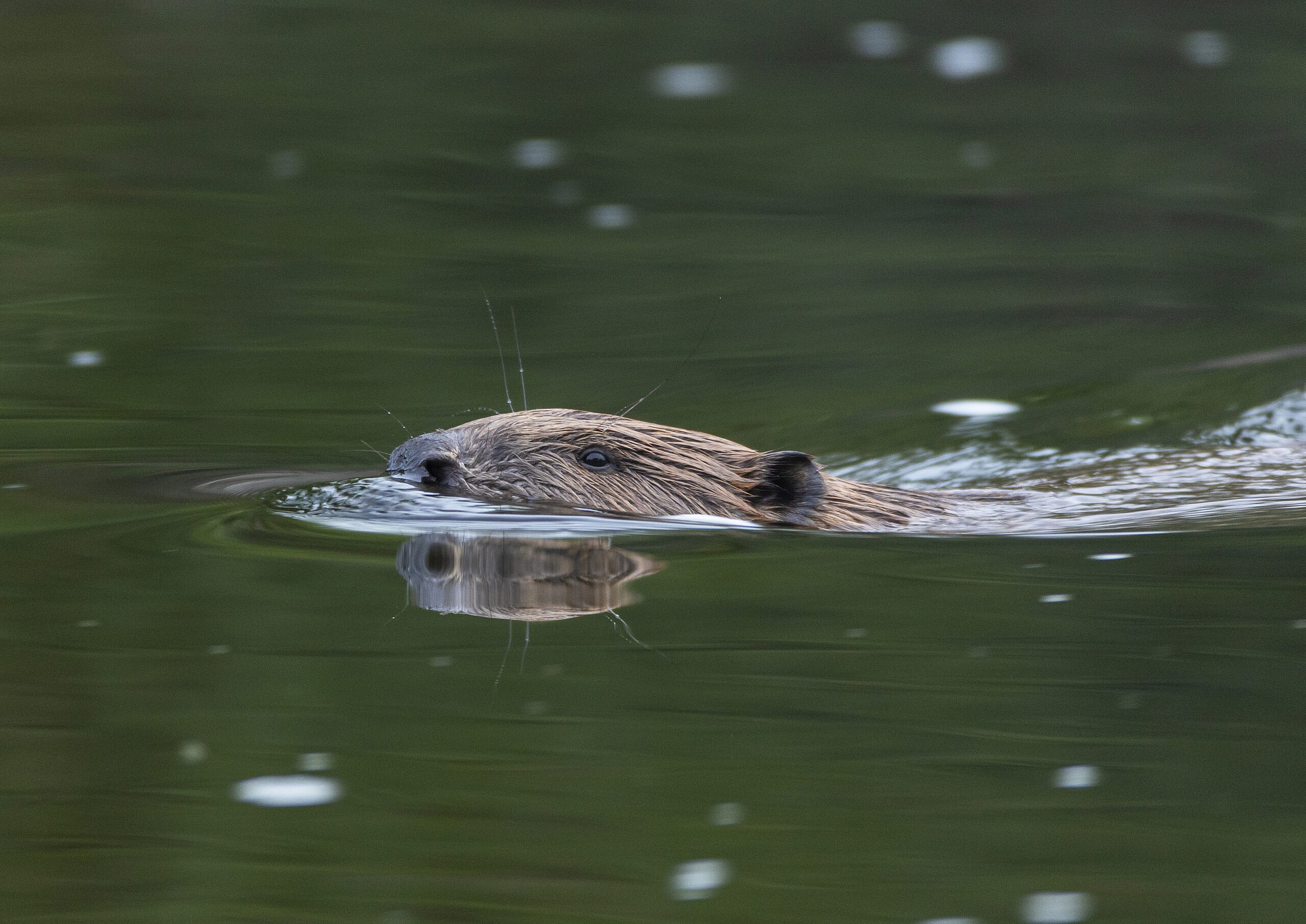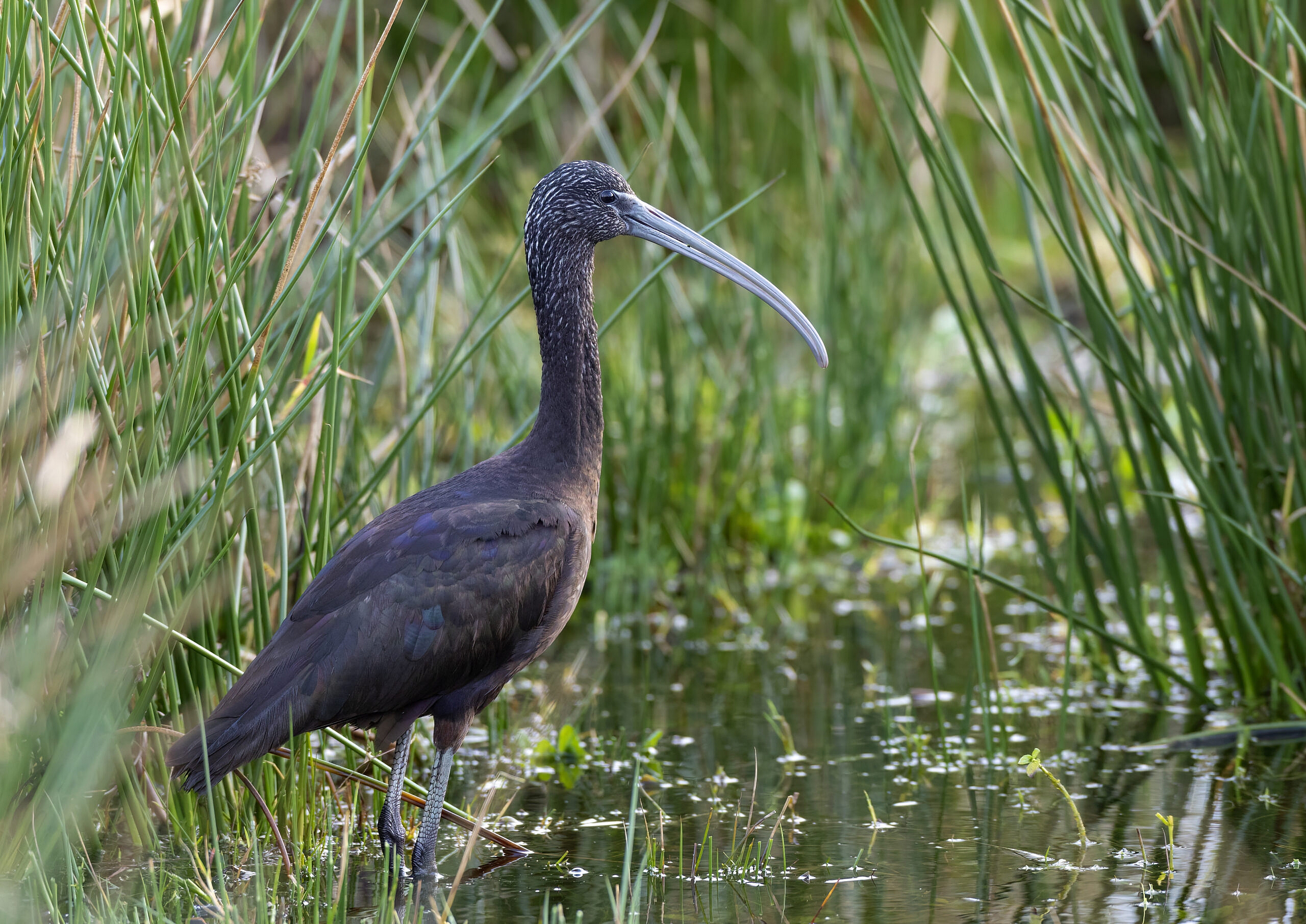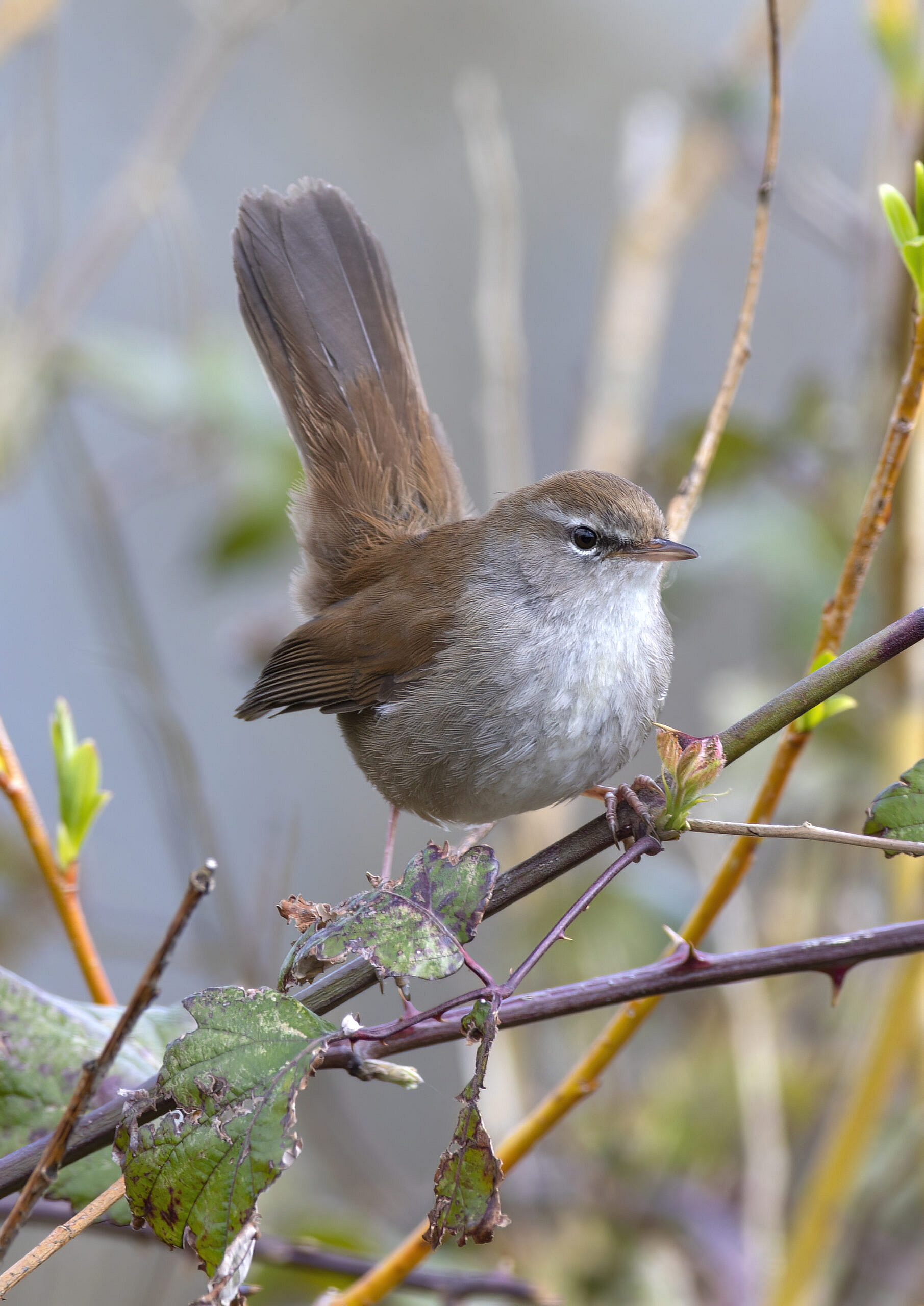I have a very cute cat. In fact, I have two. They are adorable, cuddly grey tabbies. They are extremely placid – you pick them up, turn them upside-down and tickle their tummies. And one of them is raving psychopath. Despite being extremely well fed, Bramble goes out into the neighbourhood and delivers a steady stream of dead and dying wildlife to my feet. When I’m not chasing traumatised mice around the bedroom, I’m impressed by just how efficient a predator he is. He spends 80 percent of his life asleep, 19.99% begging for food, stealing food and trying to steal food, and 0.001% being utterly lethal to small mammals. I saw him outside the other evening and realised that in the dark, my tabby just disappears. His random stripes break up his outline, and make it exceptionally hard to see him, except when, as in this case, he’s sat under a streetlight.
I was struck by the similarities while looking for Short-eared Owls recently. We have a pair flying around Barbury Castle in Wiltshire at the moment, and I cajoled my wife into coming to see them with me. I told her how rare they are, what excellent fliers they are, what a privilege they are to see. Except we didn’t. After two hours in which we saw exactly no owls, we went home. So I was surprised when my wife again agreed to join me owl-hunting again the following evening. After another hour of nothing, we were on the verge of going home when the owls finally turned up. They are large birds, perhaps the size of a chubby seagull, with the same flat faces that Barn Owls have – as if their fronts have been sawn off. And just like my cat, they have a wonderful set of tabby stripes running their length. That’s a rather curious thing until you know a little more about these magnificent birds

Barn Owls have the same flat faces as Short-eared Owls, and for the same reason. Both species hunt voles. The flat face acts like a parabolic reflector, channelling the faintest of sounds of scuttling vole towards their ears. Like the barn Owl, this gives Shorties excellent hearing. But unlike Barn Owls, Shorties have huge yellow eyes. Why? The answer is that like the Little Owl, these owls often fly in daylight. They are “crepuscular” hunters, hunting mainly in that wonderful time of half-light just before and after the sun sets or rise. It’s very much a time for specialists. Vision-led hunters like Kestrels struggle as the light is dim and the landscape is overlaid with long shadows. Sound-led hunters like the Barn Owl struggle with the wind that blows around sunrise and sunset, and the noise of human traffic. But the Shortie, combining the best of both worlds, manages just fine.
But there’s another oddity. The Night-flying Barn Owl is an ivory – white colour. But just as with Bramble, the Shorties these stripes serve as camouflage. So why does an Owl need camouflage? The answer is not to allow it to hunt, but to stop it being hunted itself. Shorties nest, and often roost, on the ground. They love a patch with tussocks of long grass whose tops have dried – which is exactly what their superb camouflage lens into. So here is an Owl that flies during the day, sleeps on the ground, and has the keen eyes of a Peregrine married with the keen ears of a Barn Owl. And while they are ferocious and successful predators; just like my cat Bramble, I think they are rather cute.




Social Profiles